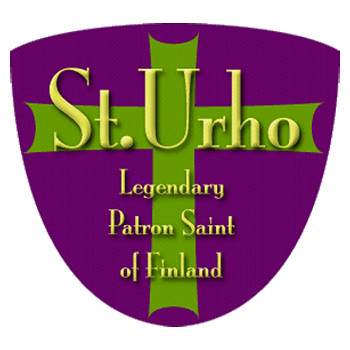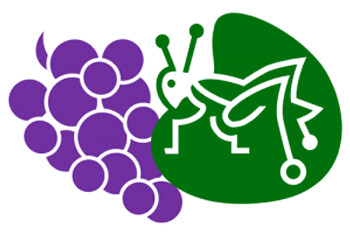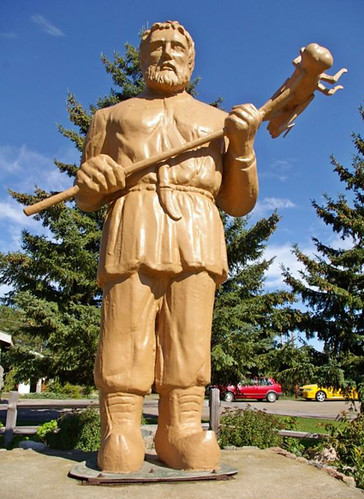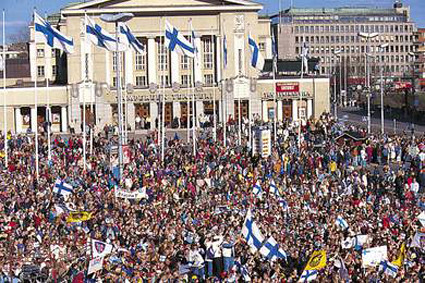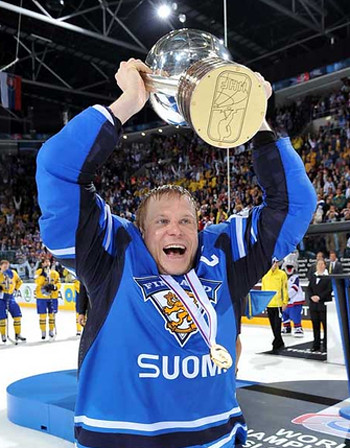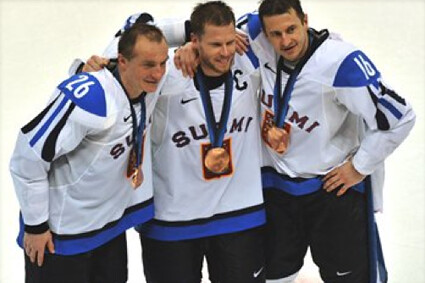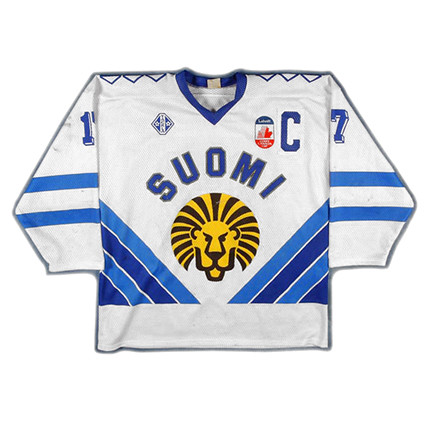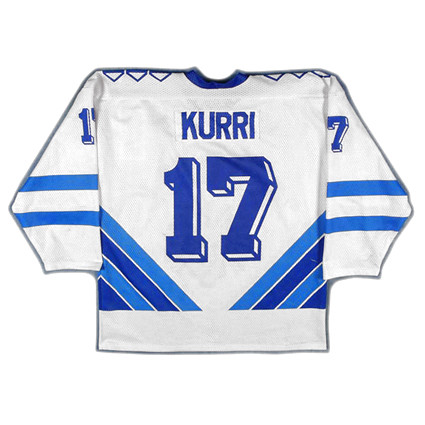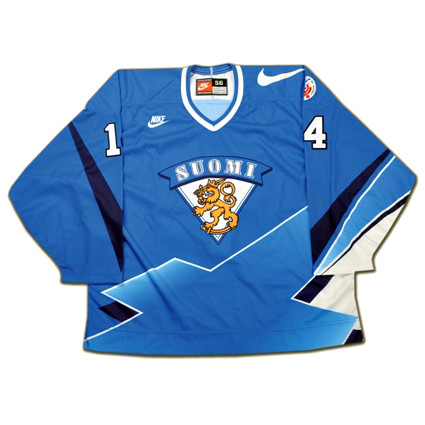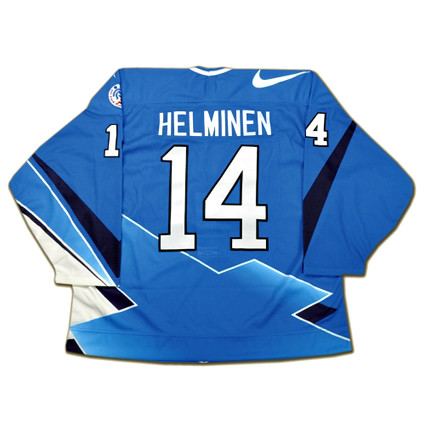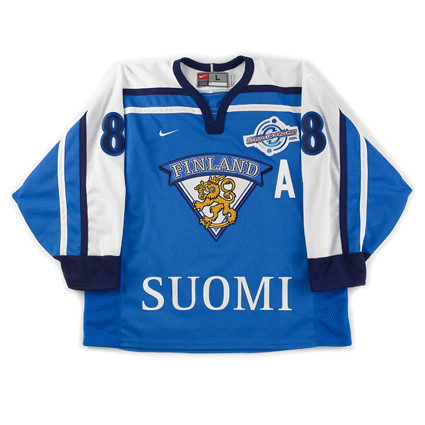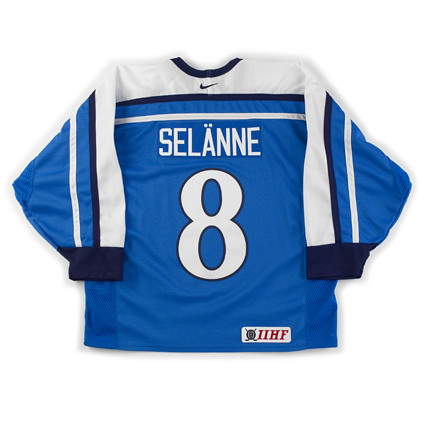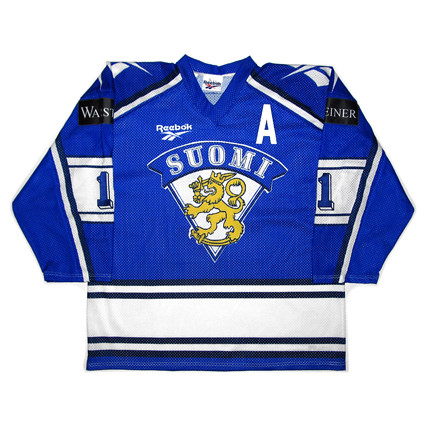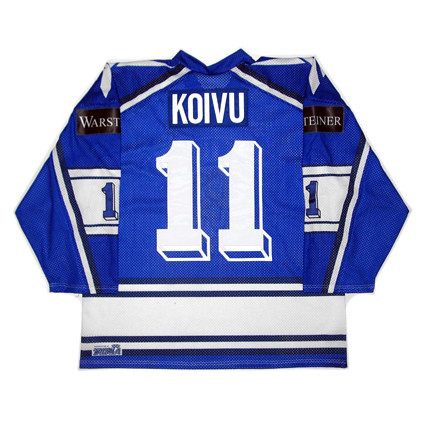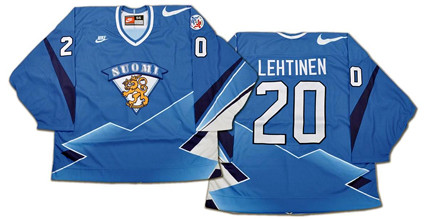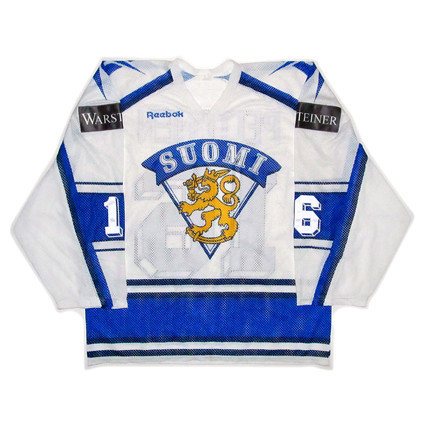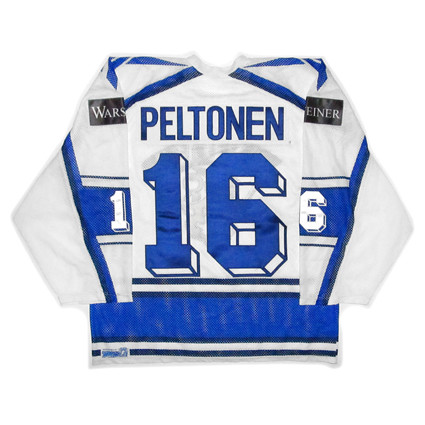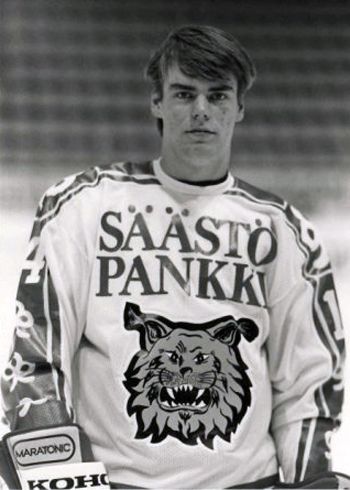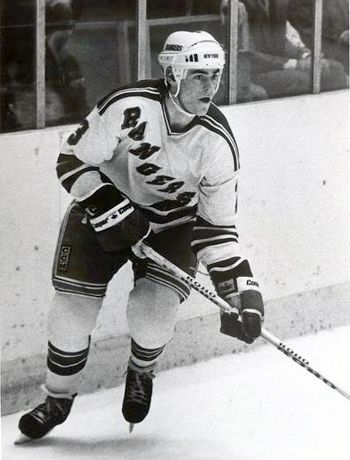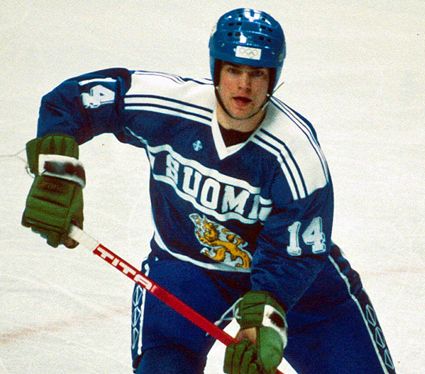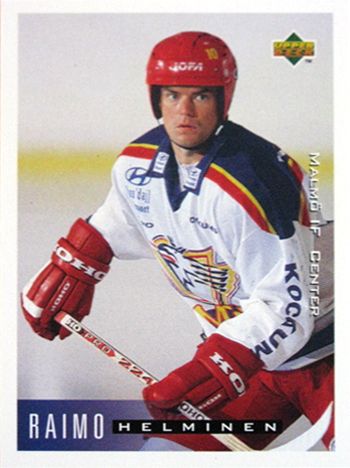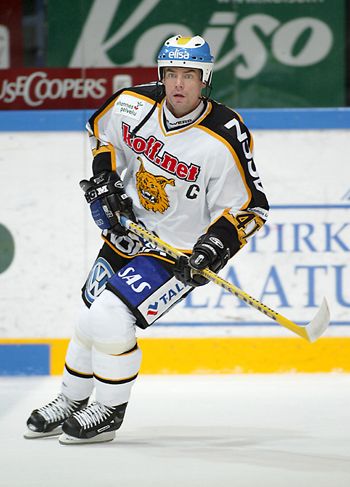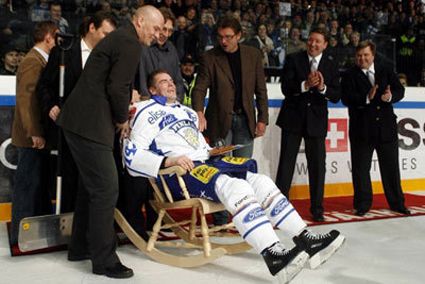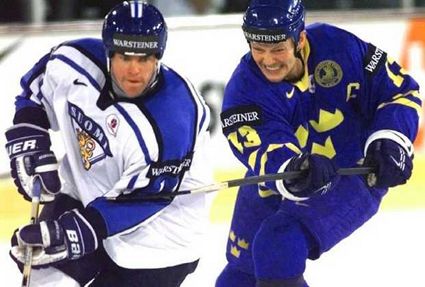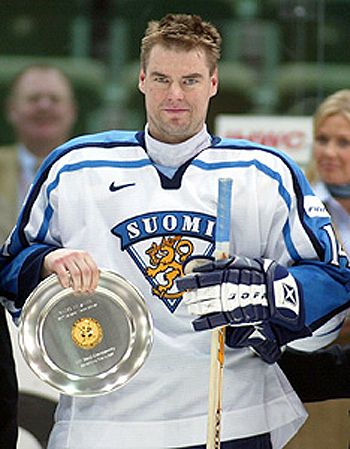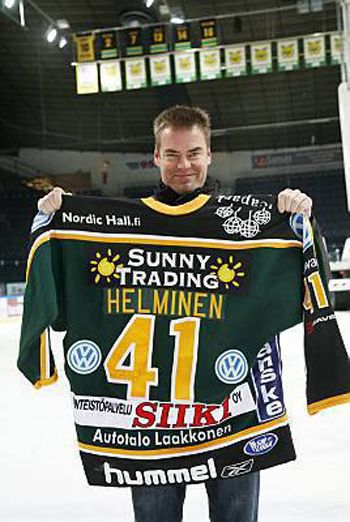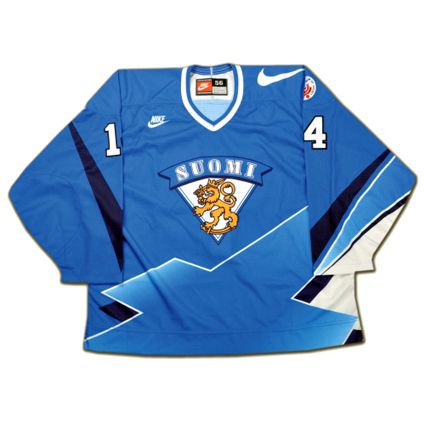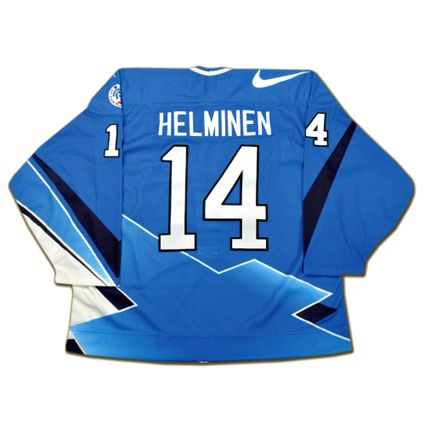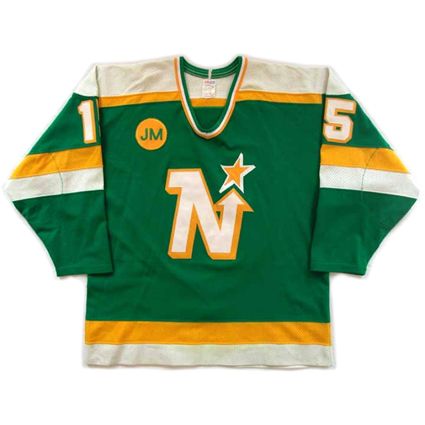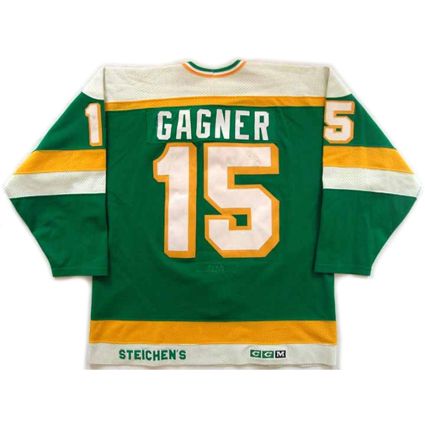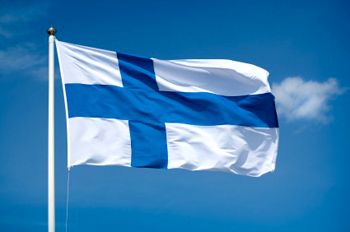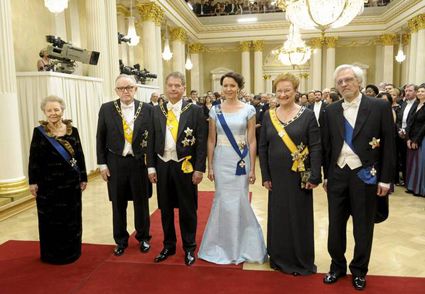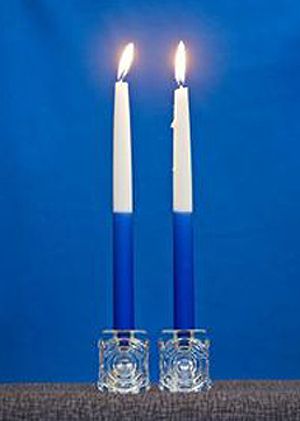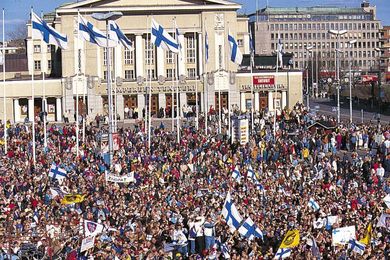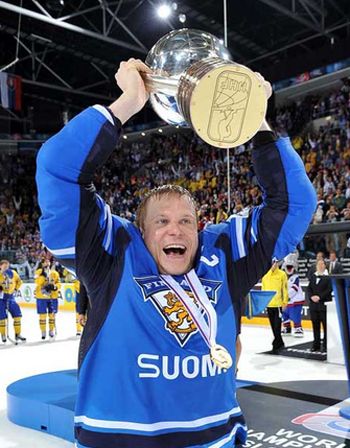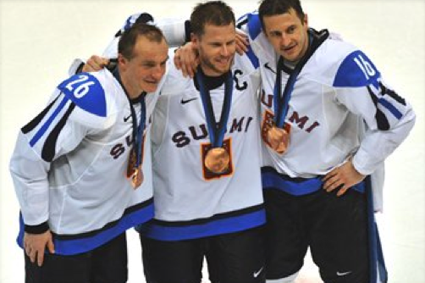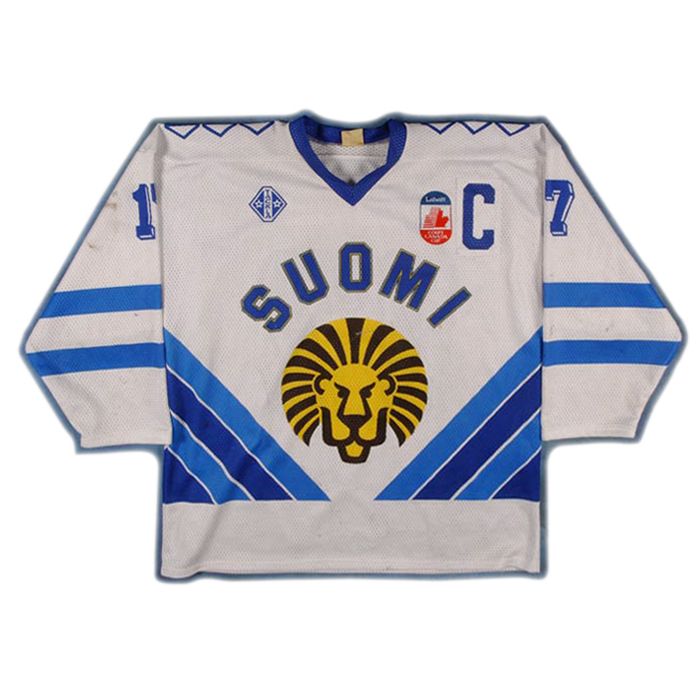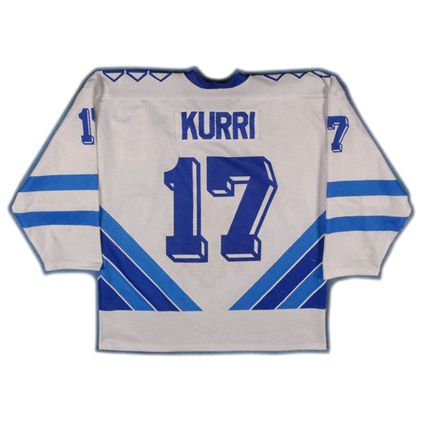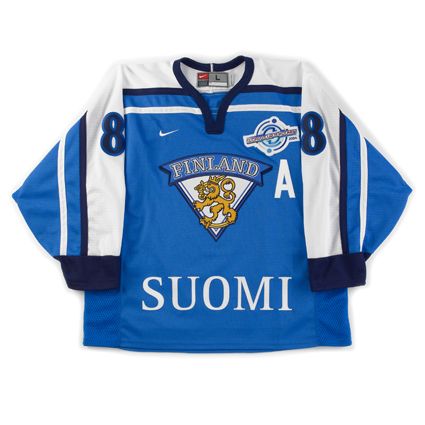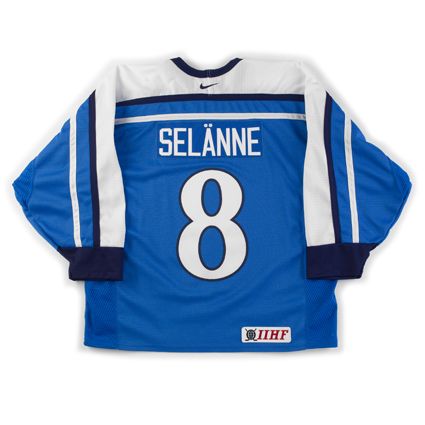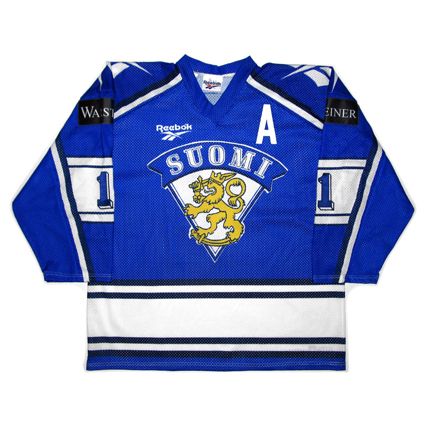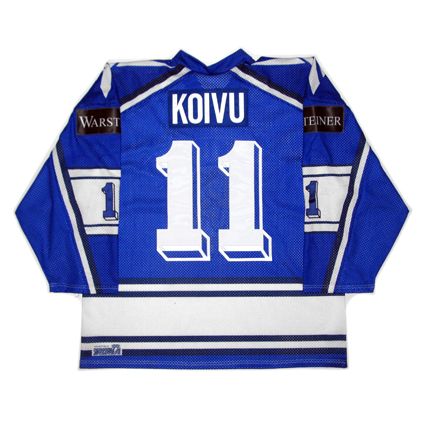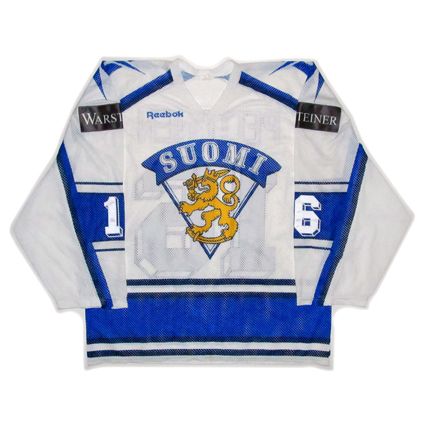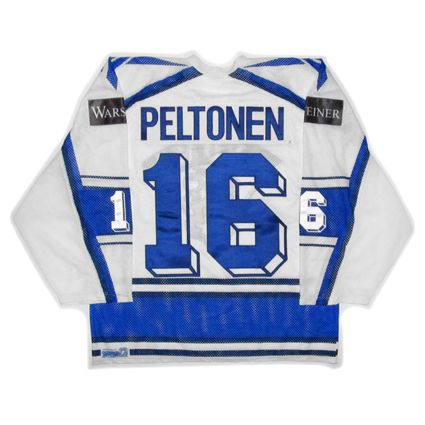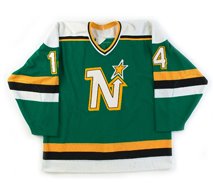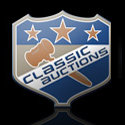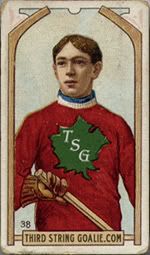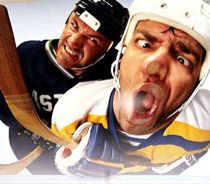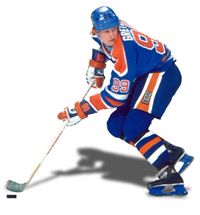In reality, St. Urho is a fictional saint of Finland, whose legend was the invention of Finnish-American Richard Mattson of Virginia, Minnesota in 1956. Mattson invented St. Urho when questioned by coworker Gene McCavic about the Finns lack of a saint similar to St. Patrick for the Irish.
Mattson and McCavic wrote an "Ode to St. Urho", in which he was to have supposedly cast the frogs out of Finland, similar to St. Patrick and the snakes of Ireland. The original St. Urho's Day was set to May 24th, but later changed to today, March 16th, the day before St. Patrick's Day, with credit to high school teacher Kenneth Brist and friends in an effort to have two days to celebrate, what with St. Patrick's Day being the very next day.
Not only did the date of St. Urho's Day change, but so did the legend under the influence of Dr. Sulo Havumaki, a professor at Bemidji State College in Bemidji, Minnesota, as the legend of St. Urho now credits the fictional saint with driving all the grasshoppers out of Finland, thus saving the Finnish grape crop, and therefore the country's supply of wine by chanting "Heinäsirkka, heinäsirkka, mene täältä hiiteen", which translates to "Grasshopper, grasshopper, go to hell!"
In addition to celebrating Finnish heritage and culture, as well as being an excuse to drink somewhat heavily, like the wearing of the green by the Irish, St. Urho's celebrants traditionally wear Royal Purple and Nile Green.
There has even been a book published on St. Urho, The Legend of St. Urho, which chronicles the origins and folklore of the man, the myth and the legend of St. Urho.
The Finland National Team first appeared at the World Championships back in 1939. Their next appearance was not until 1949 when they became regulars at the World Championships. A perennial mid-pack team, it took them until 1992, a span of over 40 years, to earn their first medal of any kind. Once the floodgates opened, they captured silver in 1992 and 1994 before reaching the pinnacle with World Championship gold in 1995.
Two fifth places in 1996 and 1997 followed before a run of four medals in row with silver in 1998 and 1999, bronze in 2000 and silver once more in 2001. A bit of a slide saw then finish 4th, 5th, 6th then 7th from 2002 through 2005 before returning to the medal podium with bronze in 2006, silver in 2007 and bronze again in 2008. Finland won their second gold medal in 2011, captained by Mikko Koivu. Two more silver medals have since followed in 2014 and in 2016.
Today's second featured jersey is a 1996 Finland National Team Raimo Helminen jersey from the inaugural World Cup of Hockey. Note that this is a #14 jersey, not the #41 Finland retired for Helminen. This attractive "waving flag" style of jersey marked Nike's entry into being the jersey supplier for the IIHF, which continues to this day. This style was worn through the 1997 World Championships until new styles were debuted for the 1998 Olympics.
Today's fourth featured jersey is a 1995 Finland National Team Saku Koivu jersey. This is the same style jersey used in the 1994 Olympic games and, while branded as a Reebok jersey, they were produced by Tackla using their mesh fabric and dye sublimation process. Visually, the only difference between the Olympic jerseys and the World Championship versions are the additions of the Warsteiner sponsorship patches to each arm.
Their "waving flag" style of jerseys took Tackla's sublimation techniques to further extremes, as they introduced gradients to the international scene. These jerseys were also worn for the 1997 World Championships until being replaced by new styles for the 1998 Olympics in Nagano, Japan.
Today's sixth featured jersey is a 1995 Finland National Team Ville Peltonen jersey. This is the home white version of the blue road jersey shown above as worn during the 1995 World Championships, differentiated from the 1994 Olympics by the Warsteiner beer sponsorship patches on the upper arms.
In today's video section, Finland's finest moment in hockey, winning their first World Championship in 1995 against their rivals Sweden and in Sweden.

